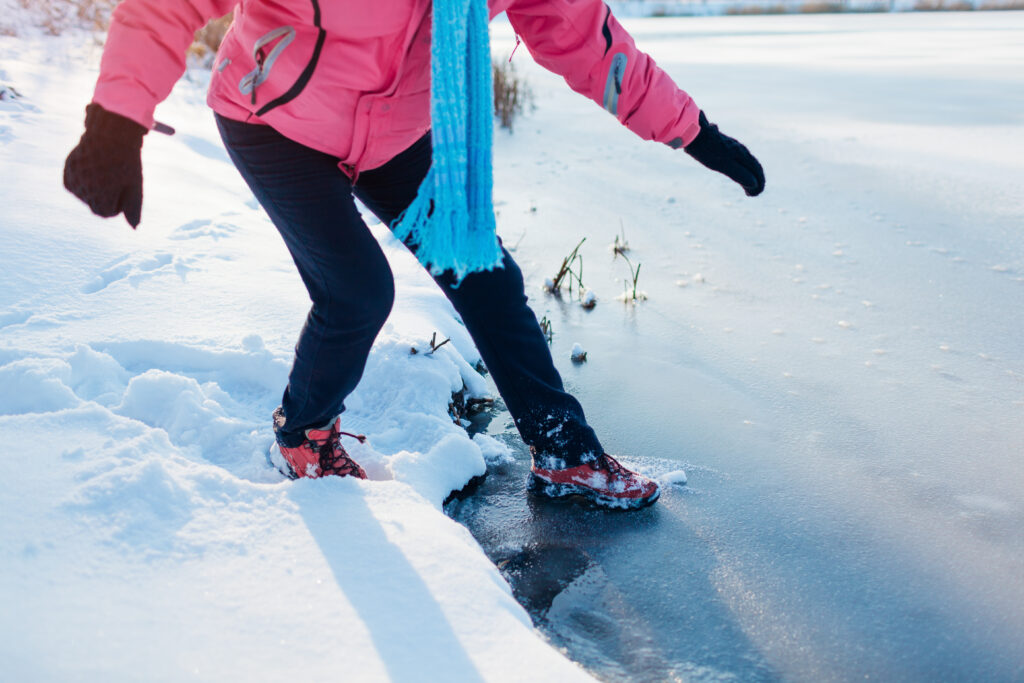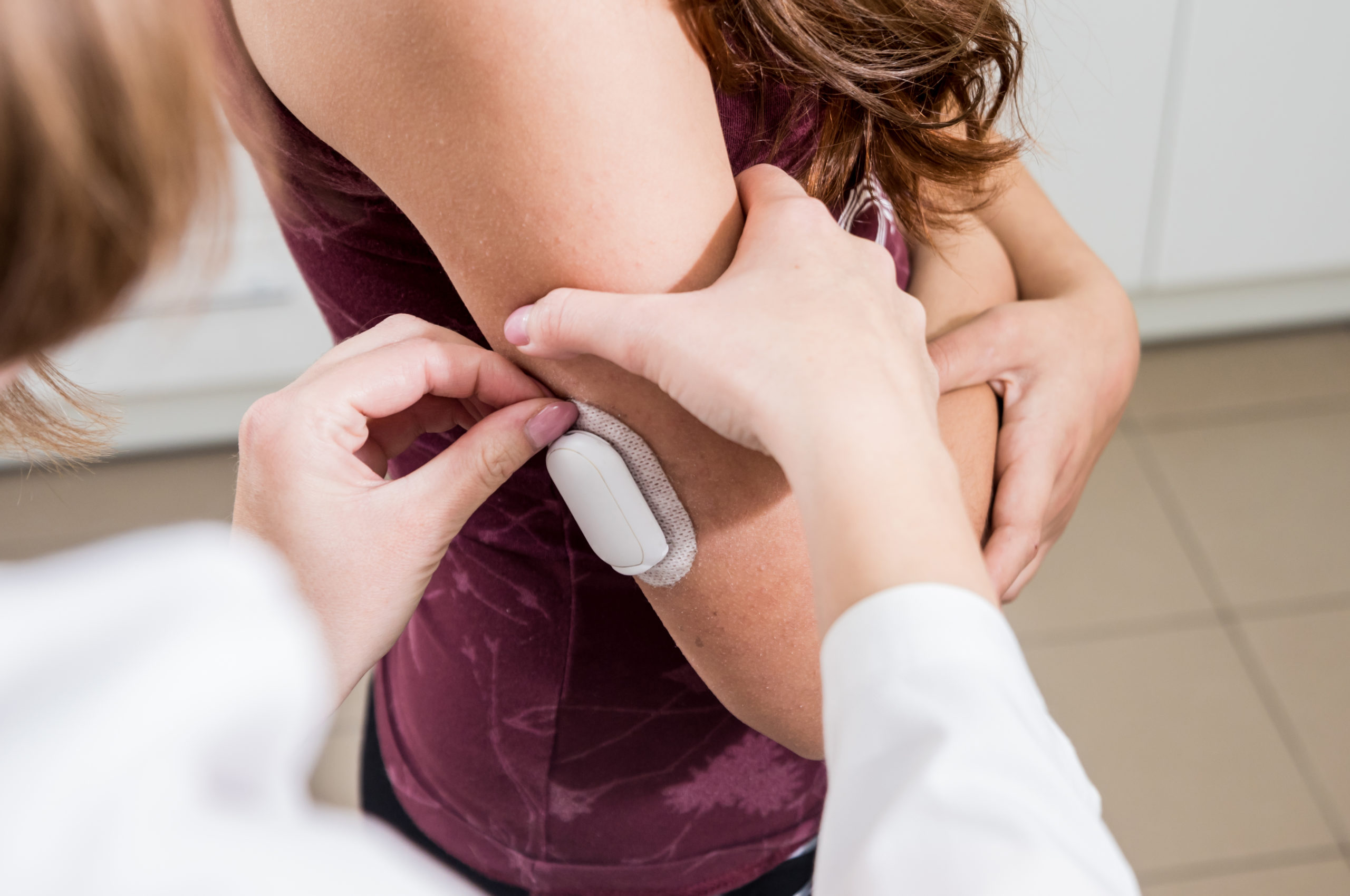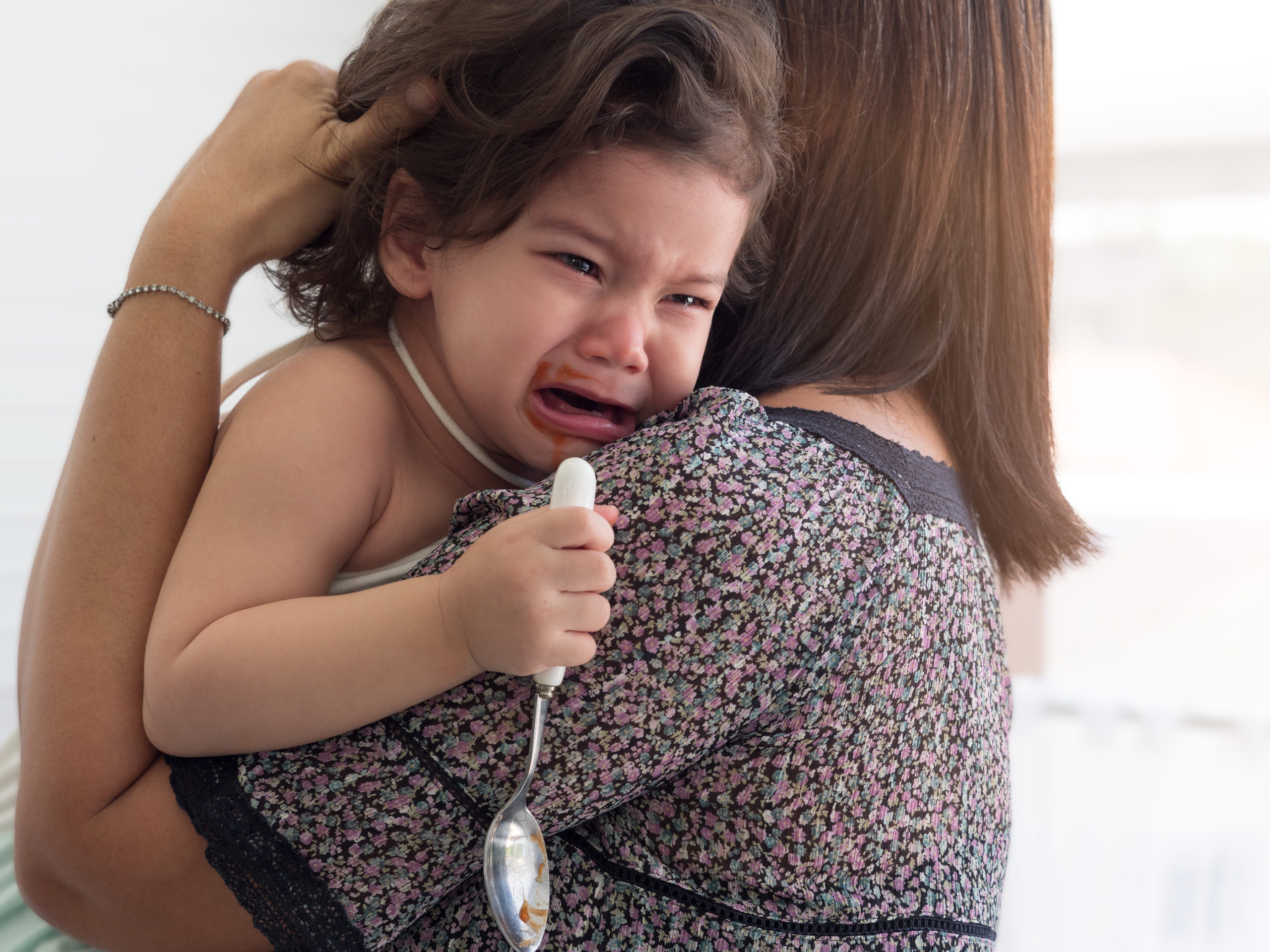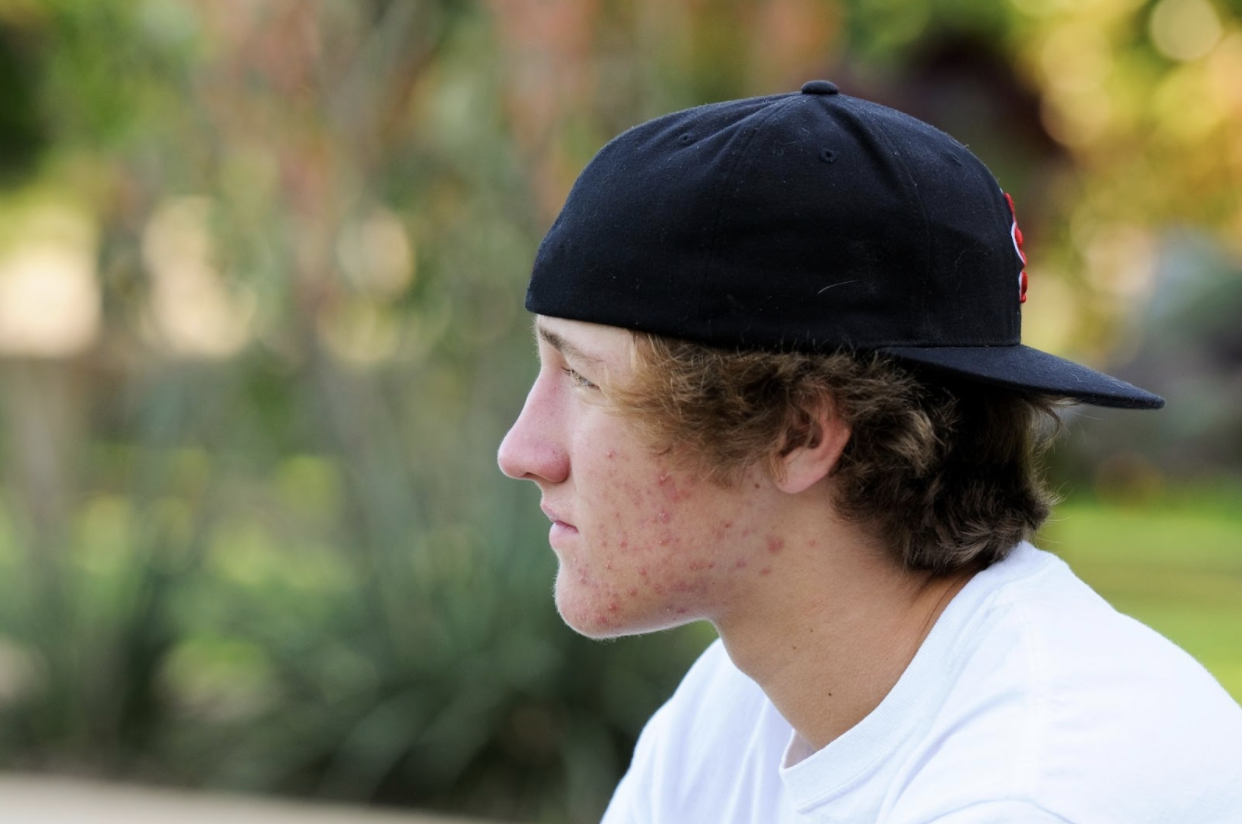When the weather starts to turn cold, it’s time to talk with your children about ice safety.
Icy ponds and lakes can be dangerous to young kids and teenagers. We know it’s a scary topic for parents to think about, but it’s important to help your children learn how to be safe around ice.
6 things your family needs to know about ice safety this winter season
1) Never go near frozen water alone – always ask an adult first!
Teach your kids icy water is dangerous. Period.
Not only is there a drowning risk, but ice also makes it easy to slip, fall, and get hurt. Getting seriously injured out on the ice is not good. Everything is more challenging. It’s harder for adults or first responders to reach you quickly out on the ice. In cold weather, the longer you’re stuck on the ice waiting for help, the greater the risk for illness and hypothermia.
So teach your children and teens to always ask an adult before stepping out onto a frozen pond or lake. Frozen water needs to be taken seriously, and treated with a great deal of caution.
2) Avoid playing in snowy areas near water without an adult present
It’s hard to see where the water’s edge starts when there is snow on the ground. So if you live near a pond or lake, make sure your children and teenagers know to avoid playing in the snow or sledding near a pond, lake, or other body of water.
3) Ice safety tip: just because water looks frozen, doesn’t mean it is
Frozen water is deceiving.
You cannot tell, with just a glance, the thickness of ice. Even if the edge of the water is thick, there can be dangerous thin spots further out that you cannot see.
So, teach your family that looking at ice is not enough to know if it’s safe. An adult needs to check the ice properly. Parents, you can make a hole in the ice using an ice chisel, auger, or cordless drill. Then, insert a tape measure into the hole, hook the end onto the edge of the ice, and take a measurement.
4) If a friend falls in, DON’T go out onto the ice to help
It’s the most common reaction to want to help a friend in trouble. Make sure your kids know that, if a friend falls through the ice, never run out onto the ice to help.
Instead, call 911 immediately or run/yell for help from an adult. Once an adult or first responder is on the way, tell your child to help by talking to the person in distress. Remind the person help is coming, to stay calm, conserve energy, and hold onto the ice.
5) If YOU fall in icy water, stay calm
Tell your family about what pediatricians and doctors refer to as “cold shock response.”
When you hit freezing-cold water, cold shock response is the body’s involuntary gasp for breath followed by hyperventilation. This increased rate of breathing can put your children at greater risk for drowning, especially if they panic.
The key to getting out of trouble – and out of the water – is to remain as calm as possible.
- If there’s nothing to hold onto, pull your knees up to your chest (this helps conserve body heat)
- Keep your face forward and your head out of the water
- Conserve energy
- Take slow breaths
Tell your children to focus first on getting their breath under control before attempting to get out of the water. Cold shock response lasts for about one minute.
6) What to do about Hypothermia
There is still danger even after rescue from icy water. Once your child is safely back on shore, get him out of the wet clothes immediately, wrap him in a blanket, and move indoors. If a blanket isn’t available, still remove the wet clothes, get your child as dry as possible, and then put dry clothes on him. Proceed to the emergency room.
Symptoms of Hypothermia include:
- Shivering
- Numbness
- Glassy stare
- Indifference
- Loss of consciousness
If you notice any of these symptoms in your child, get them help immediately.
Ice skating, hockey, and ice fishing, there are so many fun family activities you can do on the ice this winter. It’s simply important to be safe and smart around the ice. So, talk as a family this week about how to be safe near frozen water.





